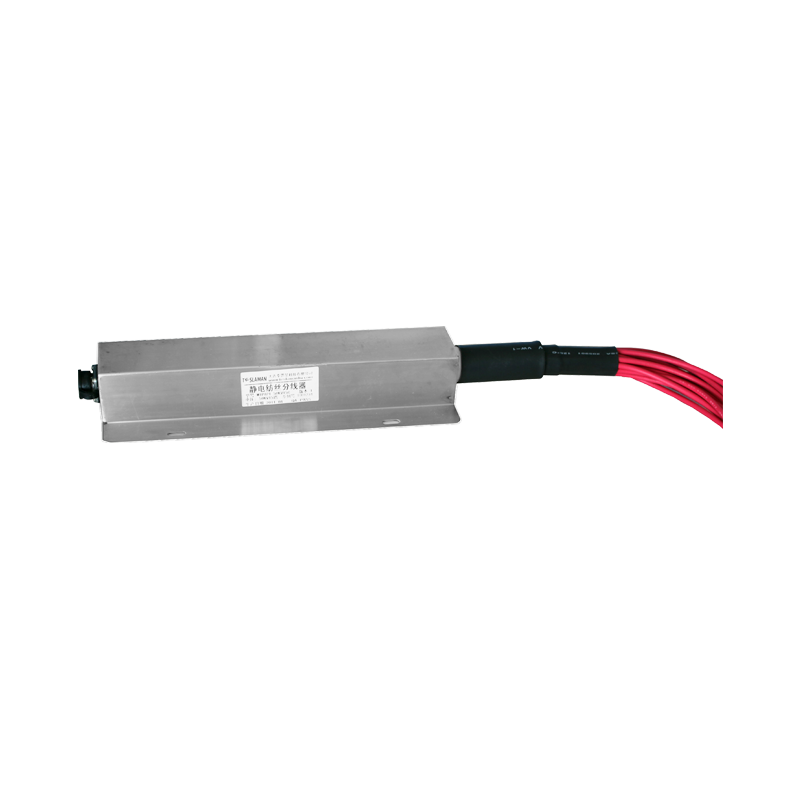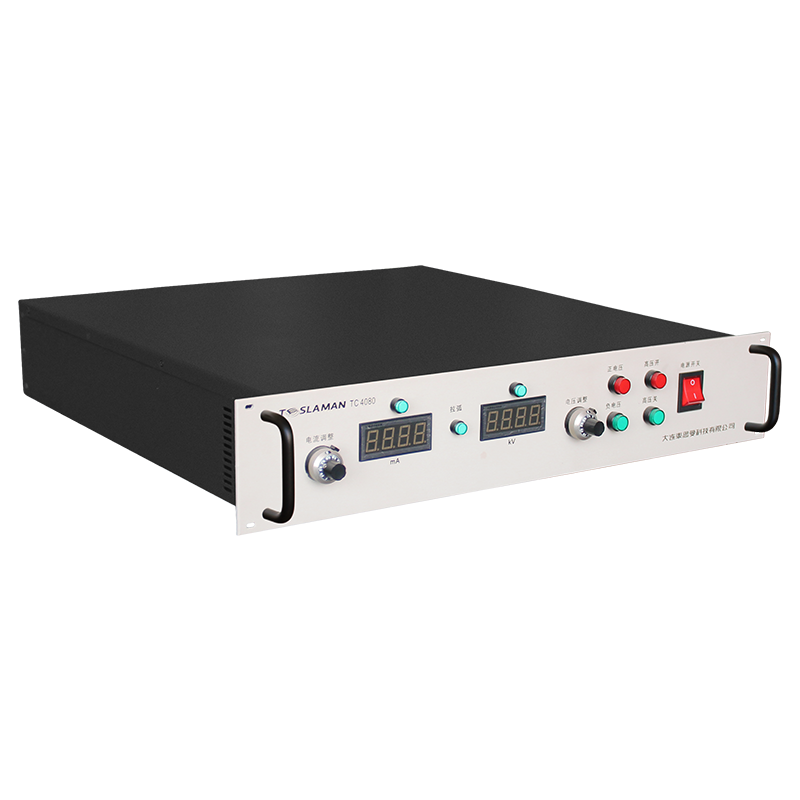The Recent Development and Prospects of Low-Power High-Voltage Stun Guns
With the widespread application of high-voltage stun guns in law enforcement and self-defense, more attention has been paid to their power levels and harm to the human body. The development of low-power high-voltage stun guns has become an important direction in this field.
The output power of traditional high-voltage stun guns is usually between 50,000-100,000 volts. It can cause strong muscle contractions in a short time to subdue targets. However, high-power electric shocks can also lead to severe cardiopulmonary damage, especially for some patients with heart disease. In recent years, there have been many cases of high-voltage stun gun misuse resulting in death in Western countries, which has sparked extensive discussions over their power levels.
In response to the safety hazards of high-power stun guns, developing low-power products has become a technological goal for many manufacturers. Through precise pulse control and discharge parameter design, the harm to the human body can be minimized while ensuring subduing effects. Experts say that reducing the output power to below 10,000 volts can significantly reduce the stimulation to the heart. Also, the muscle spasms caused by electric shocks are easier to recover.
Currently, the R&D of low-power high-voltage stun guns is mainly focused on the following aspects:
1. Multi-pulse technology: By emitting multiple groups of pulses with decreasing durations, the energy delivery of each pulse is shortened while still causing muscle contraction, which effectively reduces the average power output.
2. Pulse waveform optimization: By adjusting the rise time, flat top, and fall time of the pulse, a smoother waveform can improve the shocking effect at the same power level.
3. Advanced discharge circuit: Using low-resistance large-capacitance discharge circuits to prolong the pulse width while ensuring total energy, minimizing the peak power.
4. Precise skin contact technique: Ensuring stable electrode contact with the human body improves current conduction efficiency and reduces the required pulse energy.
5. Local muscle activation: Optimizing the electrode layout to concentrate the current through target muscle groups avoids full-body muscle activation.
At present, some manufacturers have rolled out preliminary low-power stun gun products, but their subduing effects still have some gap compared to high-power products. Experts believe that with the continuous maturation of the above technologies, the subduing efficiency of low-power stun guns will gradually improve, and they may become the mainstream choice in this field in the future.
The development directions of low-power stun guns include: 1) Further reducing power to make products more suitable for special groups; 2) Increasing current density to enhance subduing effects while lowering total energy; 3) Using new electrode materials to improve skin contact performance; 4) Developing new pulse modes to optimize contraction effects at different stages.
It is foreseeable that low-power high-voltage stun guns will promote the industry toward a safer and more humane direction. It will also make the use of stun guns more scientifically rational, helping avoid abuse and injury. In the near future, low-power stun guns are expected to become the new favorite in law enforcement and self-defense. Technological advances will make stun guns more intelligent and precise, providing users with higher-quality products and services.




















